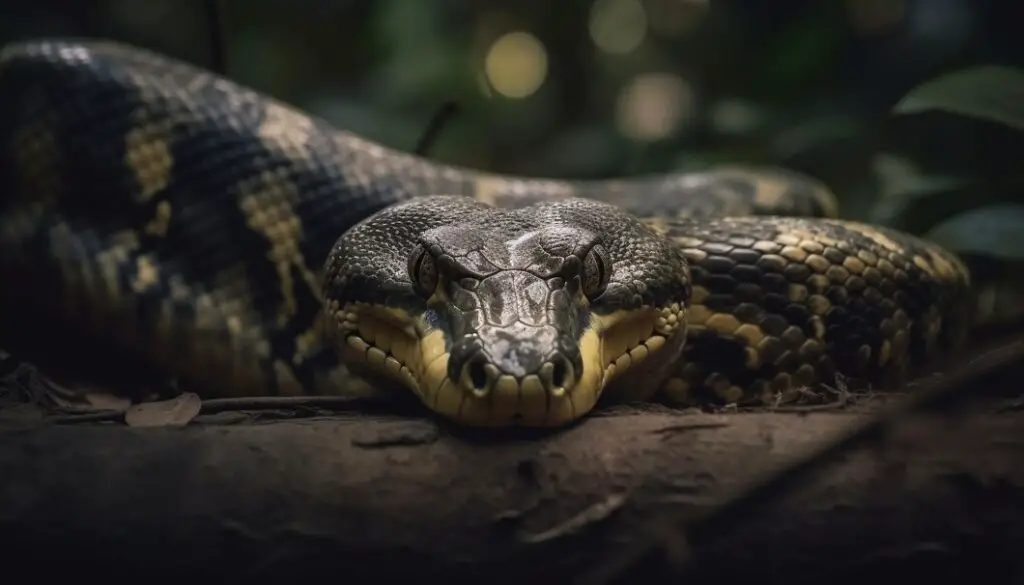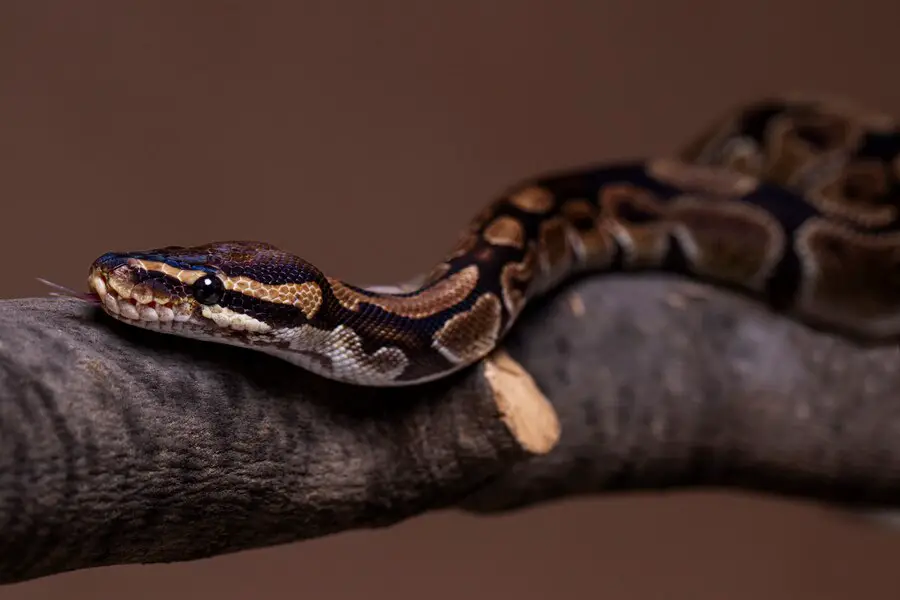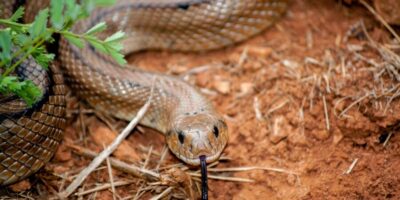Ball pythons, often affectionately called “royal pythons” due to their regal appearance, have become a beloved choice among reptile enthusiasts and pet owners. These striking snakes, known for their docile temperament and fascinating patterns, have entered countless homes as captivating companions.
As captivating as they are, the care and husbandry of ball pythons can be a rewarding yet demanding task that calls for a deep understanding of their unique needs and behaviors. In this blog post, we embark on a journey into ball-python care. We aim to provide a comprehensive guide, shedding light on the distinctive traits and vital requirements that ensure these serpentine pets thrive under our care.
From setting up the perfect enclosure to addressing feeding and health concerns, this guide will equip novice and experienced snake owners with the knowledge and expertise to provide the best care for their ball pythons. Join us as we unravel the secrets of keeping these enchanting reptiles as part of your family.
Natural Habitat and Behaviour in the Wild
Ball pythons, scientifically known as Python regius, are a species of constrictor snake with various characteristics that make them popular among reptile enthusiasts. They typically reach a manageable size of 3 to 5 feet in length, come in various color morphs, and are renowned for their gentle and docile temperament, making them ideal for novice snake owners.
In their natural habitat of sub-Saharan Africa, these snakes are ground-dwellers that thrive in savannas and grasslands. Their popularity as pet reptiles can be attributed to their manageable size, striking patterns, and ease of care, making them a sought-after choice for beginners and experienced herpetologists.
Temperature and lighting requirements
Setting up the perfect enclosure is essential to ensuring the well-being and comfort of ball pythons in captivity. Choosing an enclosure, whether a tank or a tub, requires considering the snake’s size and growth potential, with a 20-gallon tank suitable for juveniles and a 40-gallon tank recommended for adults.
Proper substrate selection, such as aspen shavings or coconut husk, helps maintain humidity levels, which ensures proper shedding and respiratory health. Maintaining a temperature gradient between 75 and 85 degrees Fahrenheit with a warm spot of 88 and 92 degrees Fahrenheit and providing a suitable UVB lighting source fosters a healthy and stimulating environment. To create a stress-free habitat, it’s crucial to offer multiple hides for security, branches or climbing structures for enrichment, and a water dish large enough for soaking to promote good hydration and thermoregulation.
Appropriate Enclosure
Selecting the appropriate enclosure is a critical decision regarding caring for ball pythons. The choice often boils down to either a traditional glass tank or a plastic tub, each with advantages and considerations. A smaller tank or tub provides a snug and secure environment for juvenile snakes, reducing stress. However, as ball pythons grow, they require more space, and larger tubs or tanks become essential.
Size considerations are key, with the general rule being that the enclosure should allow the snake to stretch out fully but not be excessively spacious, as this may lead to stress. Providing the right-sized enclosure ensures that your ball python feels secure and comfortable, which is crucial for their overall well-being in captivity.
Feeding and Nutrition for Ball Pythons
Feeding and nutrition are fundamental aspects of caring for ball pythons. These snakes prefer rodents, with options ranging from mice to appropriately sized rats. Feeding frequency typically varies with age, with juveniles fed every 5-7 days and adults every 7–10 days. Portion size should be appropriate, with prey items no larger than the snake’s widest body girth. However, overfeeding or offering too large prey can lead to regurgitation, a common issue among ball pythons. It’s vital to monitor feeding habits closely and ensure the snake can digest its meals properly to maintain their health and well-being.
Importance of Taming and Handling Ball Pythons

Ball Pythons Care Guaid
Handling and taming ball pythons is a delicate process that requires patience and care. To ensure safe and stress-free interactions, handling them gently and infrequently is essential, allowing the snake to become accustomed to your presence.
Building trust with your snake through regular, calm interactions helps reduce stress and ensures a more relaxed pet. Recognizing signs of stress or aggression, such as defensive postures or hissing, is crucial to respond appropriately and avoid potentially harmful situations for both the snake and the handle.
Health and Common Issues
Maintaining the health of your ball python is paramount. Signs of a healthy snake include clear eyes, smooth skin, and regular feeding habits. However, they can be susceptible to health issues, including respiratory infections and mite infestations.
Preventive measures include maintaining optimal environmental conditions and practicing good hygiene. Regular veterinary check-ups are essential to catch and address health problems early, and quarantining new additions helps prevent the spread of diseases to your existing snakes.
Overview of Ball Python Breeding
Breeding ball pythons can be a rewarding but advanced endeavor. It involves the introduction of a male and female snake during the breeding season, typically in winter, followed by a cooling period. For those interested in breeding, it’s essential to have a strong understanding of the reproductive biology of ball pythons, access to suitable breeding facilities, and the necessary knowledge to care for hatchlings once they arrive.
Additionally, prospective breeders should know the responsibilities and challenges associated with breeding, including proper genetics and finding suitable homes for the offspring.
Conclusion
In conclusion, this comprehensive guide has delved into caring for ball pythons, covering everything from setting up the perfect enclosure to feeding, handling, and addressing health concerns. We’ve discovered that owning a ball python is a rewarding but demanding responsibility, requiring dedication and understanding.
Providing a safe and stimulating environment, proper nutrition, and attentive care is crucial to ensuring the well-being of these remarkable reptiles. Remember, the journey of ball python ownership is one of continuous learning, so I encourage all readers to stay curious, seek information, and engage with the broader community of snake enthusiasts to guarantee the best care for their cherished ball pythons.




